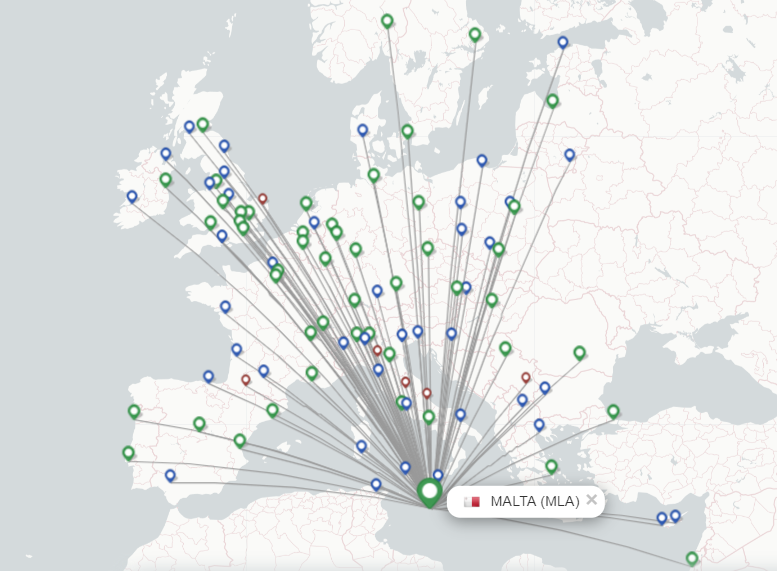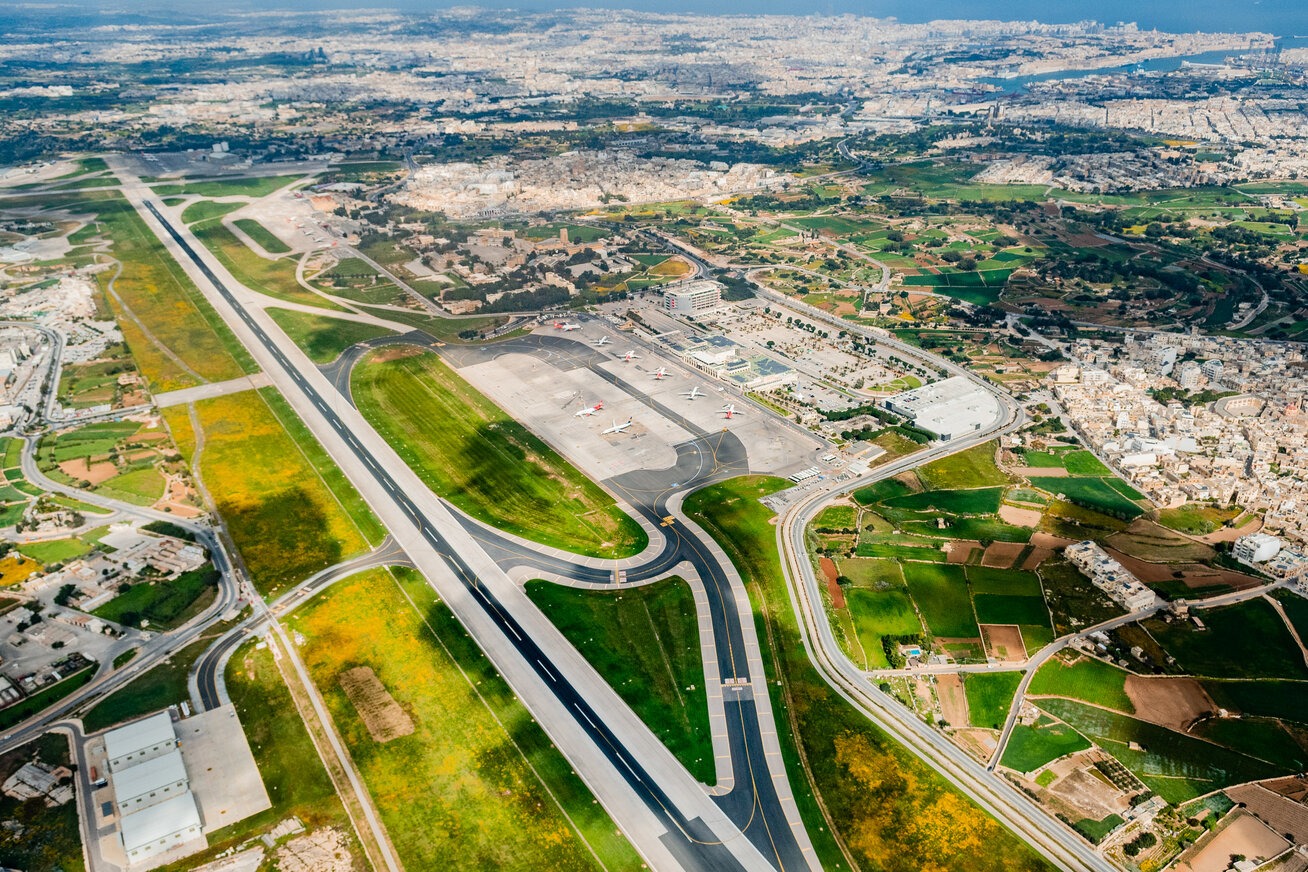Business travel has undergone somewhat of a transformation in recent years. Demand for travel as a whole has shot up, with people looking to make up for lost travel during the COVID-19 years.
Taking a closer look at the numbers, however, shows that while business travel has made a comeback, data from Eurostat for 2022 indicates that recovery is still lagging behind 2019 numbers. In 2022, out of the 1.08 billion trips that EU residents made, 91 per cent were for personal reasons, while the remaining nine per cent were for business. This is 20 per cent less than 2019 and 15 per cent lower than 2013.
The reasons are varied. As operating costs and HR expenses have shot up post-COVID, businesses are looking to make savings on non-essential expenses, and, as the pandemic showed us, many business trips can indeed be replaced with virtual meetings. Indeed, the evolution of working culture towards more flexible, hybrid and remote models is having a direct impact on business travel patterns.
In the case of Malta, another factor complicating matters is air connectivity. As an island in the Mediterranean, Malta heavily relies on air travel to connect with the rest of Europe and the world, whether for business or pleasure. A recent analysis by a Central Bank of Malta economist highlights that in the years following COVID, Malta has largely recovered in terms of connectivity – despite losing connections to seven countries – largely due to indirect connections to key destinations offered by alternative airlines from Malta’s soon-to-close national carrier, Air Malta.
Last October, Prime Minister Robert Abela and Minister for Finance Clyde Caruana announced that Air Malta, the country’s flag carrier, will stop operations on 30th March 2024. Its replacement, KM Malta Airlines, will commence operations from the following day. The new airline is set to carry marginally more passengers and employ the same number of workers as Air Malta, while also keeping its strongest routes.
The final factor is crucial, as KM Malta Airlines will be discontinuing routes which were deemed unprofitable. The airline will be concentrating its operations on 17 routes, a drop of 26 when compared to the routes offered prior to the COVID-19 pandemic in 2019.
On the other hand, Ryanair, which according to CEO Michael O’Leary has become Malta’s unofficial national airline, has continued to increase routes operating to and from Malta. In fact, the Irish airline will be operating 67 total routes as part of its summer schedule for 2024, including three new ones for Belfast, Norwich, and Rome Fiumicino.
With so many changes taking place in the aviation space recently, this raises the question: How many airports is Malta directly connected to in 2024?
MaltaCEOs.mt took a look at which destinations are being served through flights from Malta International Airport, setting the end of April 2024 as the cut-off date. This date was chosen so that different airlines’ summer schedules, together with KM Malta Airlines’ planned launch, would have all come into effect.

It was found that Malta is directly connected to 98 different airports, spread across Europe, Africa, and the Middle East.
Unsurprisingly, Malta has the largest number of connections to Italian airports, 18 in total. This is closely followed by the UK (16) and France (nine).
It is important to note that for Milan (Italy), there are flights to Linate, Malpensa, Bergamo airports, while for London (UK), there are flights to Gatwick, Heathrow, Stansted, and Luton airports.
In terms of countries Malta is directly connected to, 32 were identified (taking into account England, Wales, Scotland and Northern Ireland as the UK).
In terms of key business travel destinations, Malta maintains daily direct flights to global commercial hot spots such as Frankfurt, Dubai and London. Frankfurt and Dubai are considered exceedingly important routes for both business and pleasure, due to both airports providing key connections to the rest of the world. As for direct business destinations that are sorely lacking from Malta, Geneva, Switzerland arguably tops the list.
A recent report by Central Bank of Malta Senior Economist Kurt Sant highlighted that by 2023, Malta had lost connections to Egypt, Finland, Jordan, Morocco, Qatar, Russia, and Ukraine. Some of these were due to extraordinary reasons such as the war between Russia and Ukraine, yet others seem to have been lost indefinitely.
While Malta has lost a number of direct connections to countries, given that many of the airports served are major airline hubs, travellers can still get to their desired location, but will have to contend with stops. In a bid to tackle this issue, airlines have aimed to increase the frequency of certain routes, as for KM Malta Airlines for example, this was part of the reasoning behind cutting down on the list of destinations, utilising aircraft for more frequent flights.
Featured Image:
Malta International Airport
‘Don’t wait until the last minute’: Credit institutions urged to stay abreast of regulation requirements
In a recent event, MFSA Head of Banking Supervision Catherine Galea says a number of regulatory changes are set to ...
The Convenience Shop names João Carlos Rente Correia as new Chief Operating Officer
He replaces Jonathan Smith, who served in the position for over a year.
Executive Coaching Day: Four industry professionals on what it takes
We explore the experiences, traits and insights of four local Executive Coaches, and delve into who the mentors turn to ...
Despite recent turbulent years, IHI ‘stayed the course,’ with new hotels planned – CEO Simon Naudi
Simon Naudi says 2023 brought a ‘welcome return to normality in global travel markets’ following the COVID-19 pandemic.











